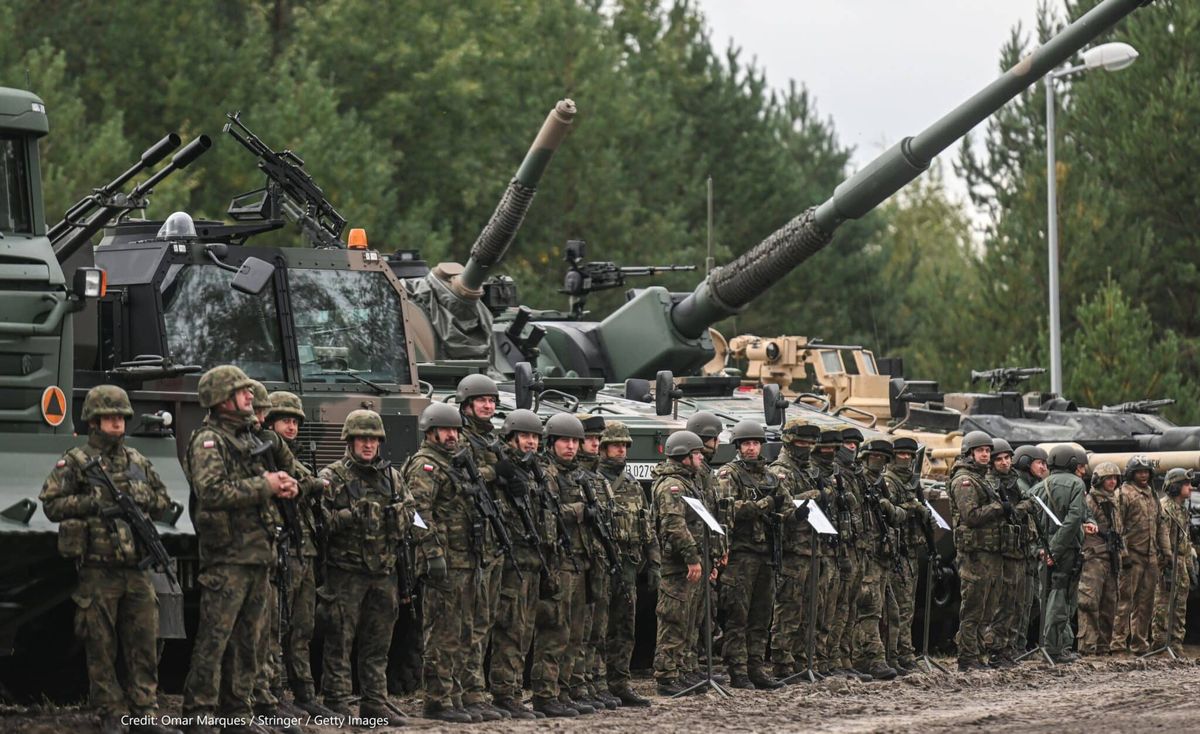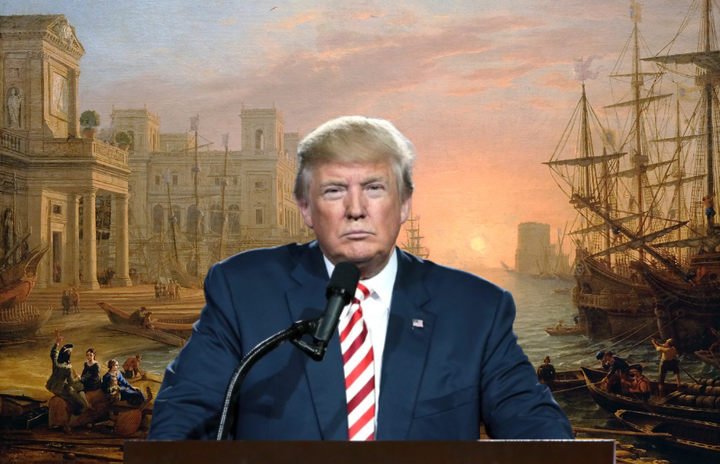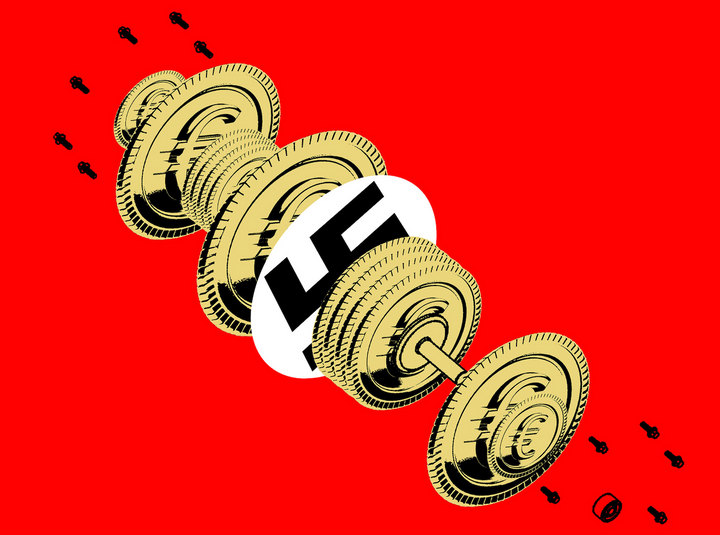The UK Military - The Price for 21st Century Freedom
In an era of shifting global power dynamics and evolving military technology, is the current 2% defence spending target enough to safeguard the values of the Western world and maintain a rules-based international order?

By: George Dutton
Defence spending has always varied from country to country, depending on a multitude of factors. With today’s geo-political challenges, one could argue that defence spending should be a top priority. In 2014, the NATO defence ministers agreed to commit a minimum of 2% of their GDP to defence spending, in their respective countries, by 2024. However, research shows that only 7 out of 30 NATO members hit the target in 2022. This begs the question, why, in times of conflict such as this, are so many NATO countries failing to fulfil their commitments especially when Russia’s is set to reach almost 20% during its Special Military Operation in the Ukraine and China’s is increasing 7% annually?
In this discussion we must understand that the budget is about trade-offs, if the government was to increase defence spending, money would have to be taken from elsewhere. This is where the key problem for many countries arise; can they afford to sacrifice funding elsewhere in their infrastructure to improve defence spending? The UK currently sits with 2.2% of its GDP being spent on defence, which Defence Committee Chair Tobias Ellwood has warned we “cannot possibly manage today’s threats on”, but with a weakened economy, still recovering from events such as Brexit and Covid, can we afford to redirect our spending? What does one sacrifice within the National Health Service with a waiting list of 7 million, or the Education sector; these are tough political choices?
Lots of NATO members have a two-party electoral system, where two political parties have dominated the elections in recent history. In times of elections, both parties alter their policies to gain favour with their typical voters, this also holds true when suggesting changes in the budget. Therefore, the optimal outcome for the country and its defence spending might be harder to reach during the run-up to important elections: the US has their general election in November 2024 and the UK will have to go to the country by January 2025, both two large players in the defence spending community, and countries dominated by two-party electoral politics. It will be interesting, therefore, to track the proposed spending put forward by the parties and compare it to current and past percentage of GDP spent on defence.
Since the fall of the Berlin Wall in 1989, many NATO countries have cashed in on the “Peace Dividend”, spending less on defence as the political climate became more peaceful. We have seen during this time that most countries are run with respect to a rules based international order (RBIO), meaning that nation states have their societies operating on a set of laws/rules by which both the country and the international community abide, these laws/rules stem from the basic values that the Western World feels is appropriate. At the time of writing, we see these values challenged by Putin’s Russia along with countries such as Belarus and China. During the Cold War, the last time the West and Russia were seen to be at war, defence spending was high. At the height of the nuclear threat of the Cold War (1984), the UK spent 5.5% of their GDP on defence. Since then, we have seen a slow decline, with defence spending in 1995 being 2.9% and 2.4% in 2005. With the current technological advancements in military weapons, it would seem that the current 2.2% spending is not enough to keep up with the forefront of military technology, which NATO and its members should be doing.
Therefore, circling back to the original question - why are so many NATO countries failing the 2% target? Clearly the electoral demands within each nation contain the answers but freedom comes at a cost and is 2% enough? Are the countries putting the RBIO and our freedom at risk? NATO Secretary-General Jens Stoltenberg possibly thinks so; he wants to make NATO's current military spending target of 2% of national GDP a minimum requirement rather than a goal to aim for.


